
本田可重複使用火箭:垂直起降成功!
・本田為何研發火箭?
・此次垂直起降實驗的目的
我們為您帶來 Mynavi 上一篇文章的摘要。
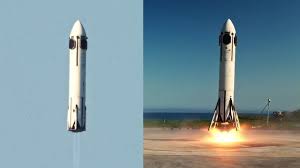
Honda’s rocket development:
It was in 2021 that Honda surprised the world by announcing the development of a small rocket.
Since then, no information on the development status has been released to the public, and the actual situation has been shrouded in mystery.
On June 17, the company conducted a vertical takeoff and landing experiment in Taiki Town, Hokkaido, and some of the details were revealed.
Honda R&D: Director Kazuo Sakurahara:
Private rocket development is in a competitive situation not only in the world but also in Japan.
In the midst of this, what kind of rocket is Honda developing? What is it aiming for?
We spoke with Kazuo Sakurahara, director of the Space Development Strategy Office, who leads rocket development, and Chief Engineer Junichiro Ishimura.

Kazuo Sakurahara (right) and Junichiro Ishimura (left), Chief Engineer
Why Honda is developing rockets?:
Honda’s history has been one of taking on new challenges since the company was founded.
In that sense, it is only natural that Honda would embark on rocket development.
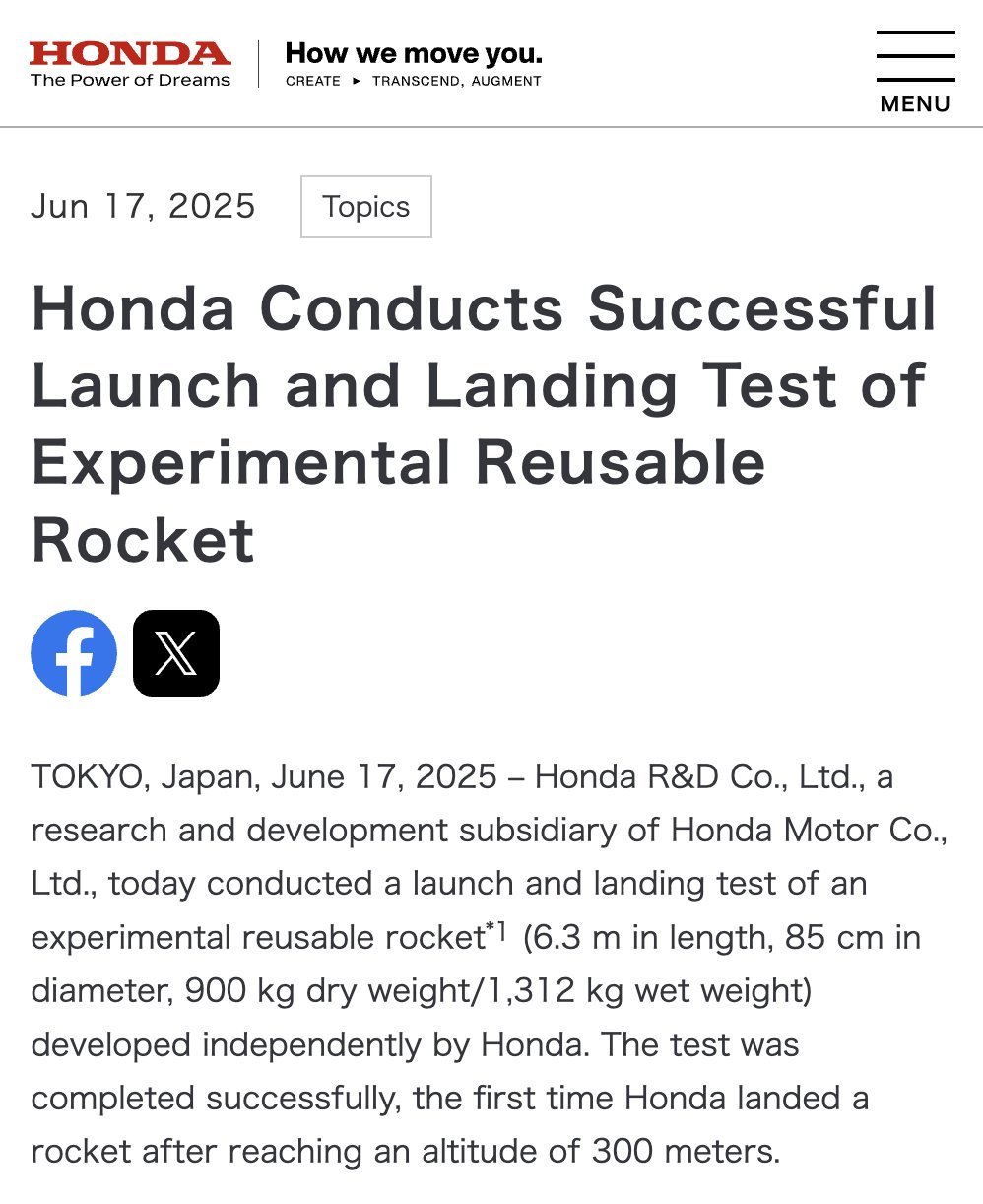
The need for easy-to-use rockets:
Satellites play a major role in supporting today’s data society.
1. Low-orbit communication satellite constellations,
2. Positioning satellite systems essential for autonomous driving,
3. Remote sensing to understand the global environment,
In order to further expand the use of satellites, it is essential to increase the number of easy-to-use rockets.
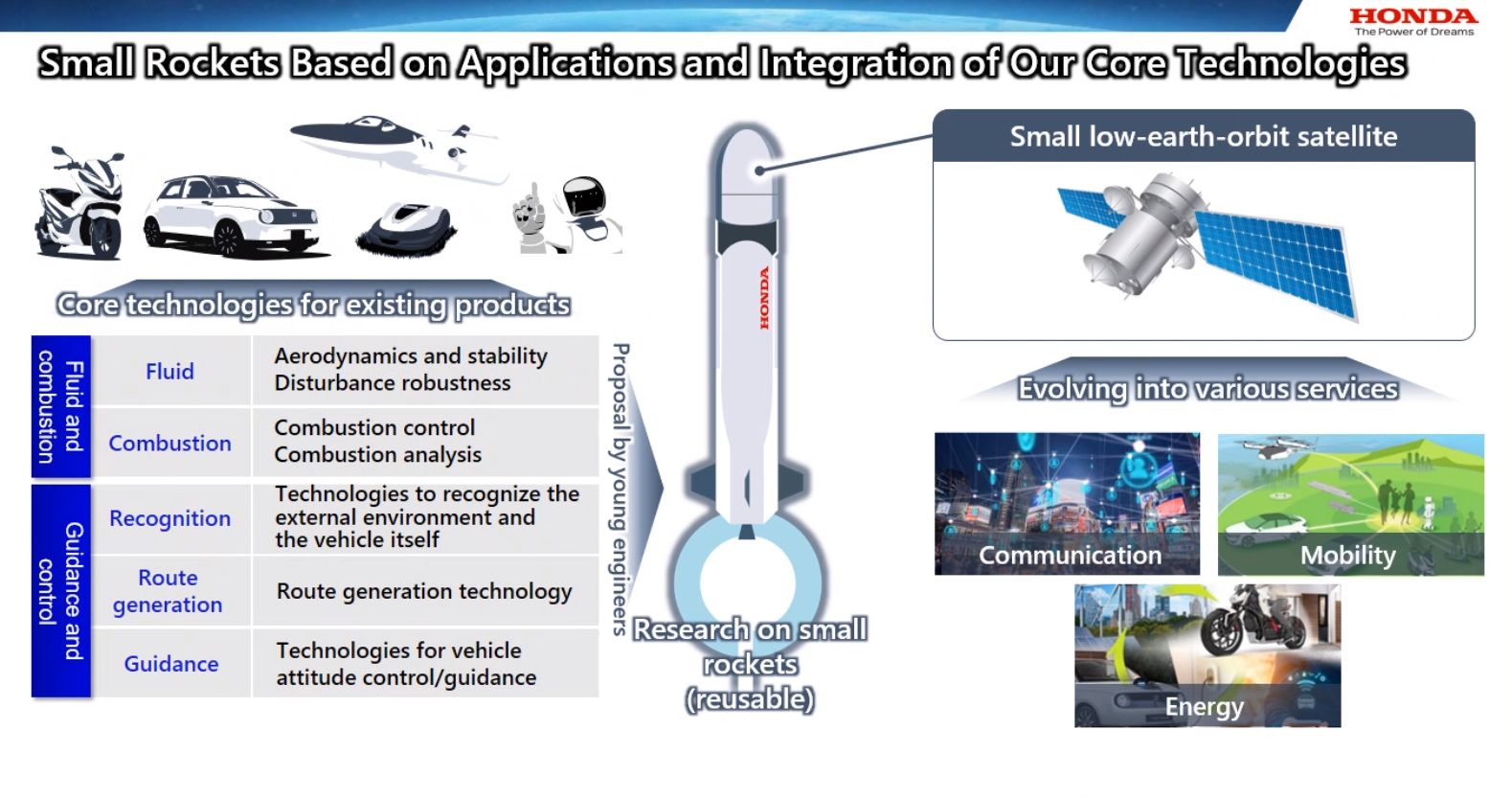
Sustainable rockets:
When Honda develops rockets, it aims to develop a reusable rocket that uses sustainable fuel.
1. Hydrogen and methane are candidates for fuel, but methane is currently being used.
2. It is still in the research and development stage, and this takeoff and landing experiment will be a test of that.

Aims of this vertical takeoff and landing experiment:
1. Overall height 6m (with legs retracted), diameter 85cm.
2. Weight 900kg, maximum 1,312kg when filled with propellant.
3. There are control wings on the top and landing gear on the bottom, which can be retracted during flight and deployed when necessary.
The aircraft is equipped with two engines with a thrust of 6.5 kN, and three-axis attitude control is possible by gimballing.
Research and development started in 2019:
1. In 2024, the aircraft will first succeed in hovering at an altitude of 50 cm.
2. In 2025, the altitude will be further increased to 270 m.
Although the flight time is short, about one minute, all elemental technologies such as attitude and guidance control, thrust throttling,
retraction/deployment of the landing gear, and deployment of the guided wings were verified.

What will be verified in this experiment:
This time, we will pay particular attention to increasing the descent speed to over 20 m/s and controlling the aircraft normally while being affected by aerodynamic forces.
1. The guided wings are tilted to deliberately give the aircraft a roll rotation.
2. We will also verify whether this can be suppressed by engine attitude control.
Check out the video of the public experiment: High-precision control achieved:
3. Everything seems to have gone well, even the roll control.
4. The position error during landing was only 37cm.
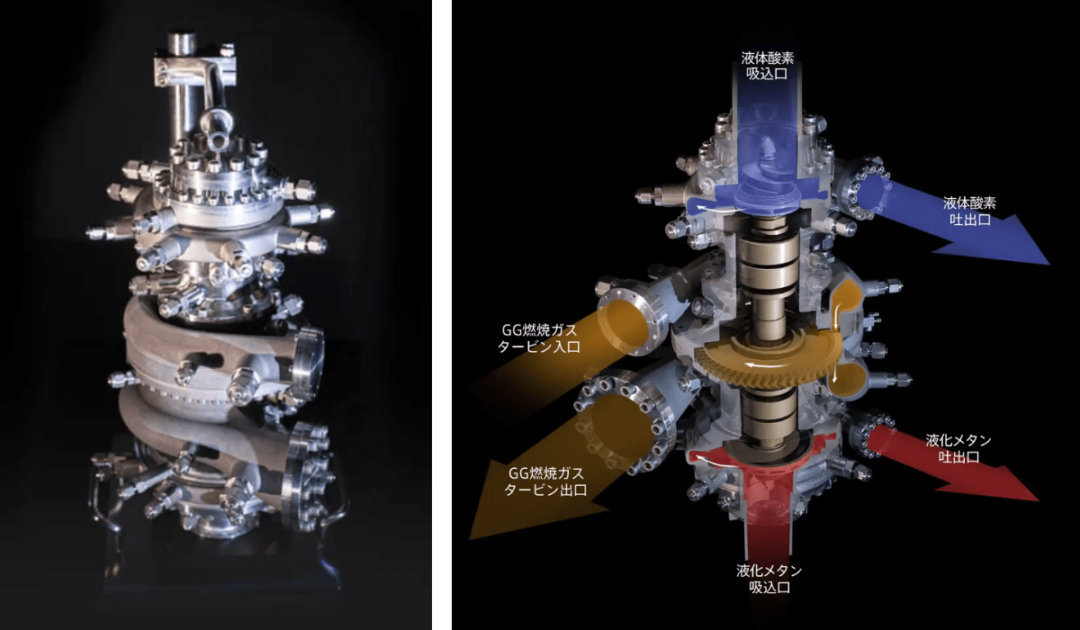
Technical points to note: Equipped with a turbopump
1. A turbopump is one of the most difficult rocket engines to make.
2. At this stage, turbopumps are an absolutely necessary technology.
Sakurahara talks about the difference between car and rocket engines.
3. Car engines use an intermittent combustion system and are very complicated.
4. Rocket engines use extremely low temperatures, but the fuel is continuously burned and the mechanism is simple.
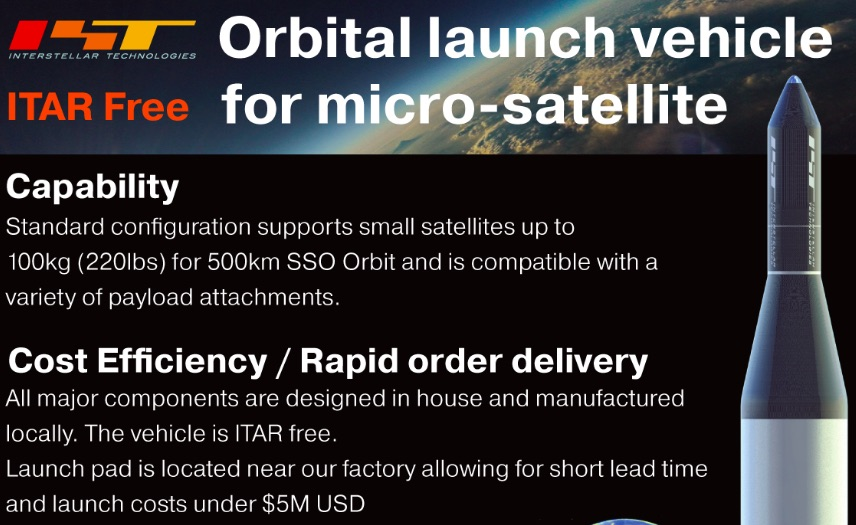
Private rocket developers in Japan:
1. Currently, new rockets are being developed by private companies in Japan, including Interstellar Technologies’ “ZERO”,
2. Space One’s “Kairos”,
3. Future Space Transportation System’s “ASCA”.
It is necessary to industrialize the product, taking into account the variations in parts, and make it available at a reasonable price.
Honda’s next milestone is a suborbital flight scheduled for 2029.